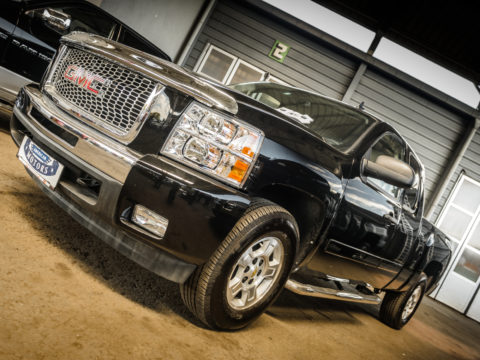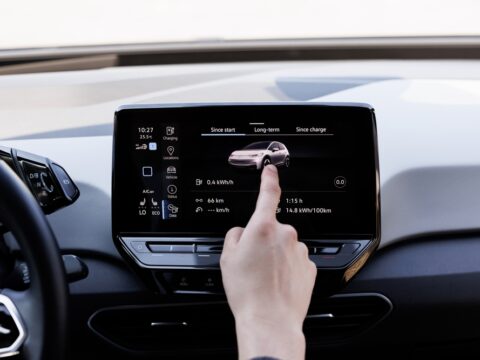NASA has always been at the forefront of innovation, with its groundbreaking technologies shaping not only space exploration but also everyday life on Earth. From lifesaving medical advancements to sustainable energy solutions, NASA’s inventions have paved the way for a better future. In this article, we’ll explore 15 of the most influential tech breakthroughs that continue to power progress in ways we never imagined.
Contents
Memory Foam

Originally developed by NASA to improve the safety and comfort of aircraft seats, memory foam has become a widely used material in mattresses, pillows, and even footwear. Its ability to mold to the shape of the body based on heat and pressure provides unparalleled support, helping with spinal alignment and reducing pressure points. This space-age technology now helps millions sleep more comfortably and has applications in medical products like seat cushions for the disabled.
Water Filtration Systems
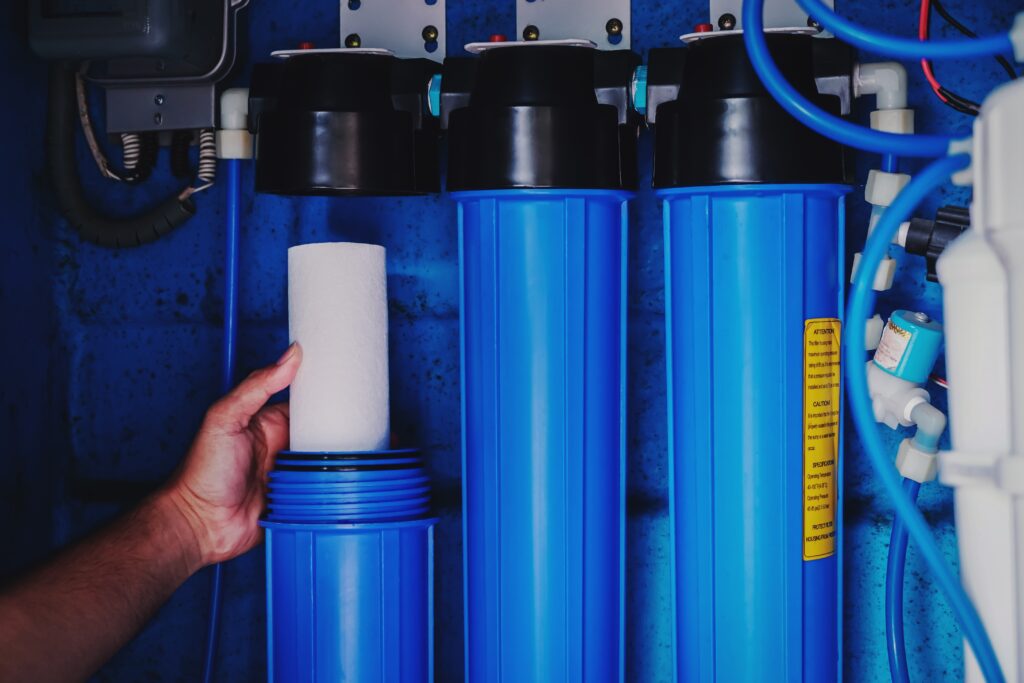
Water is a precious resource in space, and NASA’s development of advanced filtration systems ensures clean drinking water aboard spacecraft. These technologies have been adapted for use on Earth to provide clean water in areas affected by natural disasters or poor water quality. NASA’s filtration systems use advanced ion exchange and chemical treatment processes to remove contaminants, making this tech crucial in global humanitarian efforts.
Solar Panels

NASA has long relied on solar energy to power spacecraft, leading to the development of highly efficient solar panels. The technology first developed for space missions has since been applied to homes, businesses, and large-scale solar farms, helping to reduce reliance on fossil fuels. NASA’s contributions to photovoltaic technology have made solar energy more accessible and efficient, powering our planet toward a more sustainable future.
Wireless Headsets
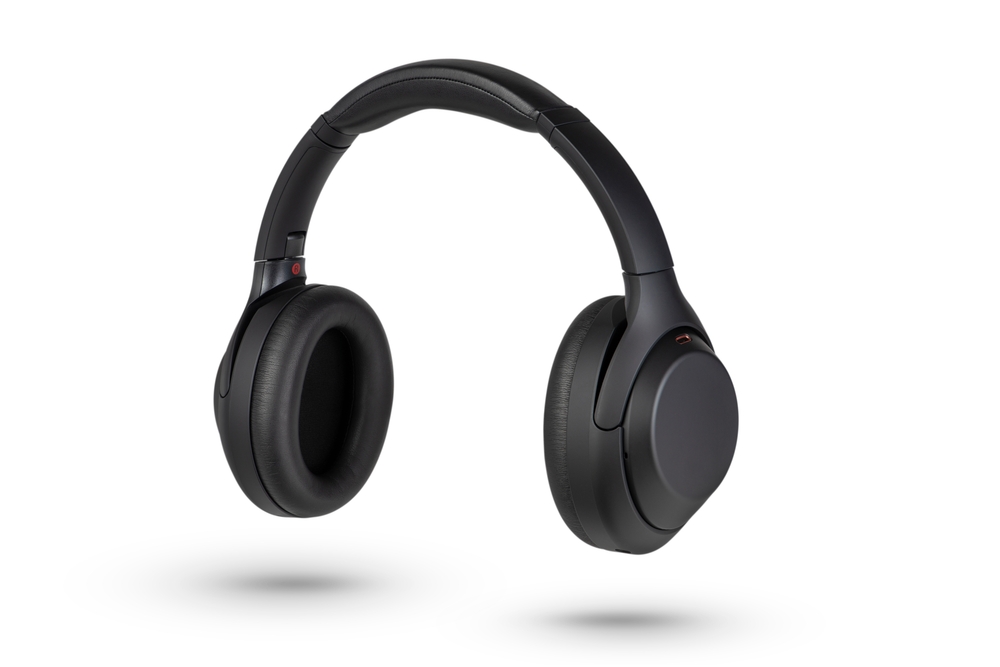
When NASA engineers needed a solution for astronauts to communicate without using their hands, they created the wireless headset. This invention revolutionized industries far beyond space, from customer service to gaming. Wireless headsets provide mobility, convenience, and comfort in countless applications, allowing people to multitask while communicating efficiently.
Artificial Limbs
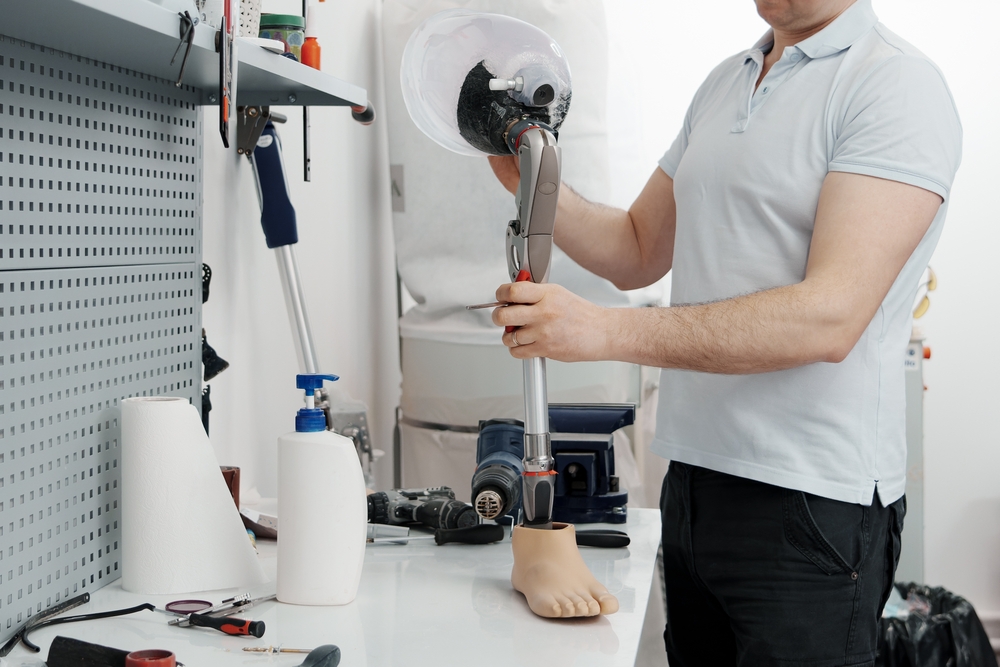
NASA’s advancements in robotics, materials science, and lightweight alloys have contributed to the development of more sophisticated prosthetic limbs. These prosthetics are more durable, lighter, and more functional, improving mobility for amputees. NASA’s technology has also improved joint mechanisms and motion control, making artificial limbs more natural and responsive.
Fire-Resistant Fabrics
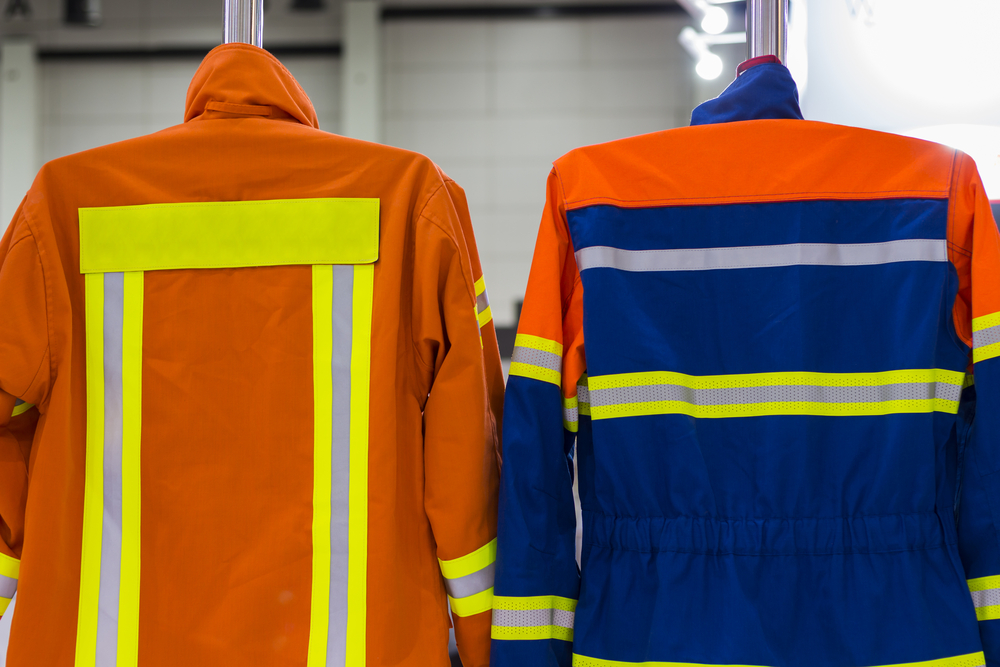
NASA developed fire-resistant materials to protect astronauts from extreme temperatures in space. These same materials are now used in firefighting gear, military uniforms, and industrial safety apparel. Fire-resistant fabrics can withstand high temperatures and prevent burns, offering essential protection in hazardous environments.
Satellite Technology
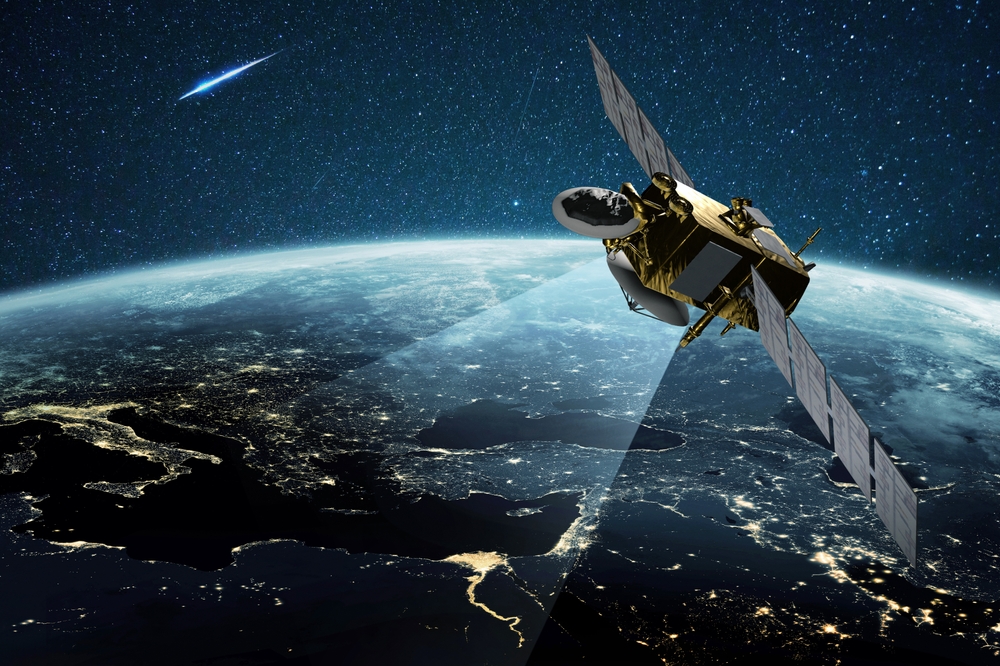
NASA’s work in satellite technology revolutionized global communication, weather forecasting, and GPS navigation. Satellites enable real-time communication, monitor climate change, and assist in disaster response. Without NASA’s pioneering efforts in space-based systems, many of the modern conveniences we rely on daily would not be possible.
LED Lighting
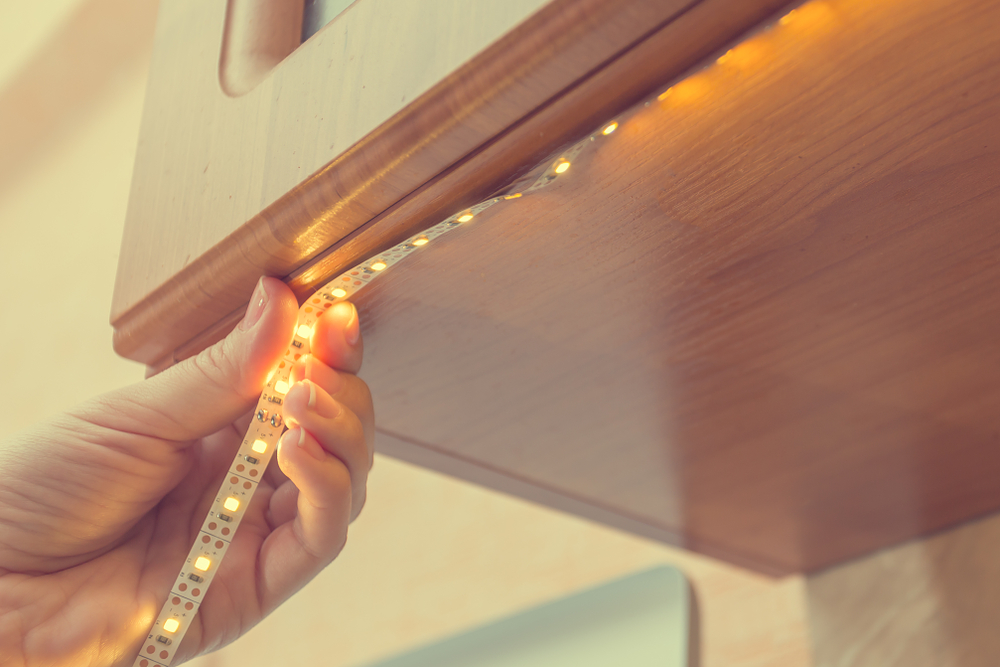
NASA’s research into efficient lighting for space missions led to the development of LED (light-emitting diode) technology, which is now commonly used in households, businesses, and cities. LED lights consume less power, last longer, and emit less heat than traditional bulbs, making them a critical component of energy-efficient lighting solutions worldwide.
Infrared Thermometers

Originally developed to measure the temperature of celestial objects, NASA’s infrared technology has been adapted for use in medical devices like thermometers. Infrared thermometers provide quick, non-contact temperature readings, which became particularly important during the COVID-19 pandemic. These devices offer greater convenience and accuracy in measuring human body temperature.
Insulin Pumps

NASA’s work on microfluid systems, which control liquid flow in space, has been applied to insulin pumps for diabetes management. These pumps deliver precise doses of insulin, improving the quality of life for millions of diabetics. NASA’s contribution to this life-saving technology enables better blood sugar control and reduces the need for manual injections.
Tempur Foam Mattresses
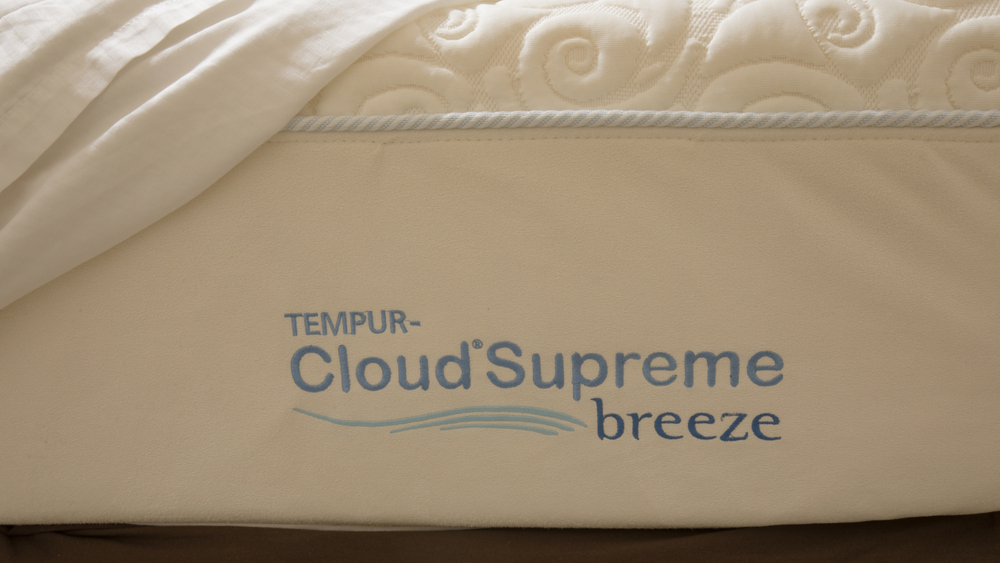
Tempur foam mattresses were derived from NASA’s memory foam technology, which was originally designed to cushion astronauts during space missions. These mattresses have revolutionized sleep comfort by offering personalized support that conforms to body shape, weight, and temperature. Tempur foam’s viscoelastic properties provide relief for pressure points, making it ideal for people with chronic pain or mobility issues.
Adjustable Smoke Detectors
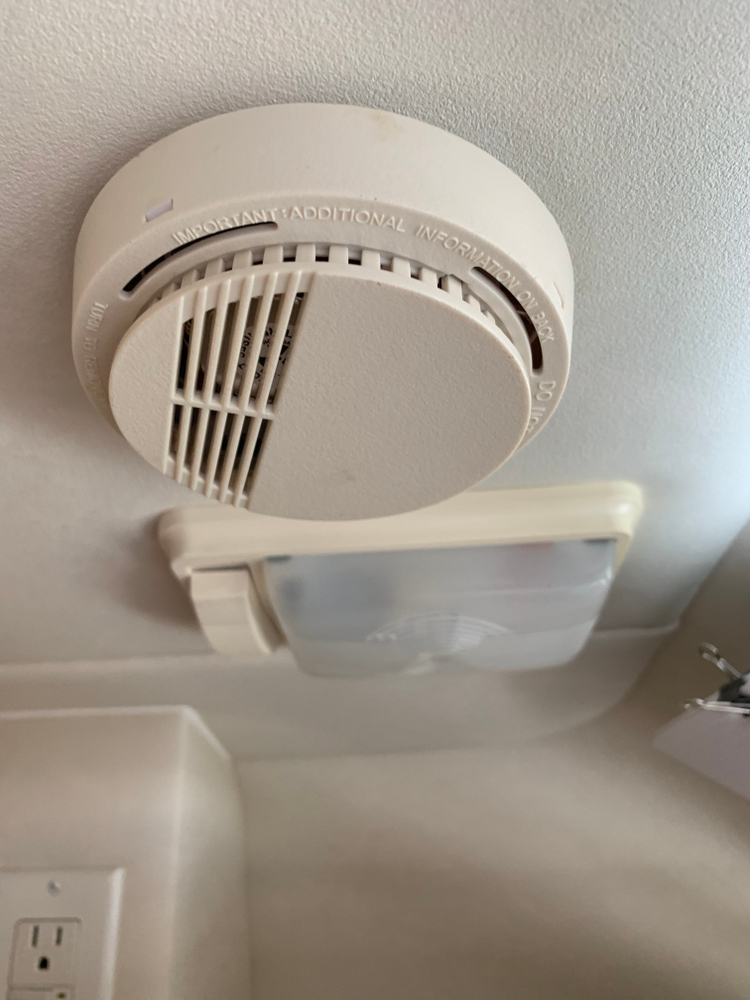
NASA developed advanced smoke detection systems to protect astronauts aboard spacecraft, and these have since been adapted for home use. Adjustable smoke detectors are more sensitive to different types of smoke and can distinguish between real fires and false alarms. This technology has made homes and businesses safer by reducing the chances of fire-related disasters.
Landmine Removal Devices
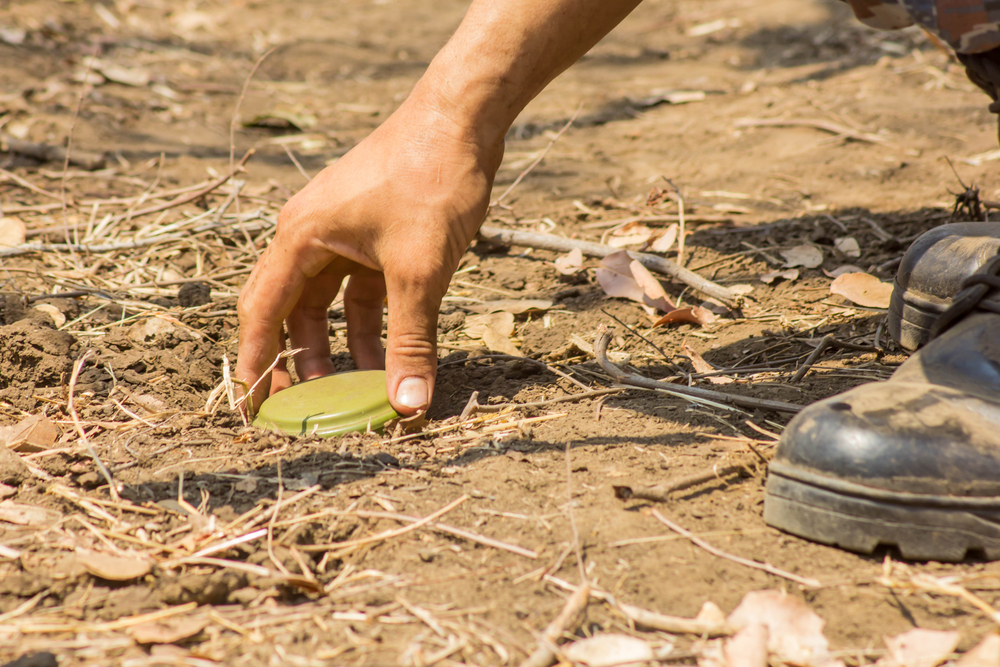
NASA’s advancements in robotics have been used to develop landmine removal devices, which have saved countless lives in war-torn regions. These devices use sensors and automated systems to detect and safely deactivate landmines. NASA’s contribution to this field has helped in reducing the risks to human operators and civilians in areas with unexploded ordnance.
Wind Turbine Blade Design

NASA’s research into aerodynamics has led to the development of more efficient wind turbine blades. These blades, designed based on spacecraft wings, capture wind more effectively, increasing energy output while reducing wear and tear. Wind energy, powered by NASA’s designs, is now one of the most sustainable and growing sources of renewable energy.
GPS Technology
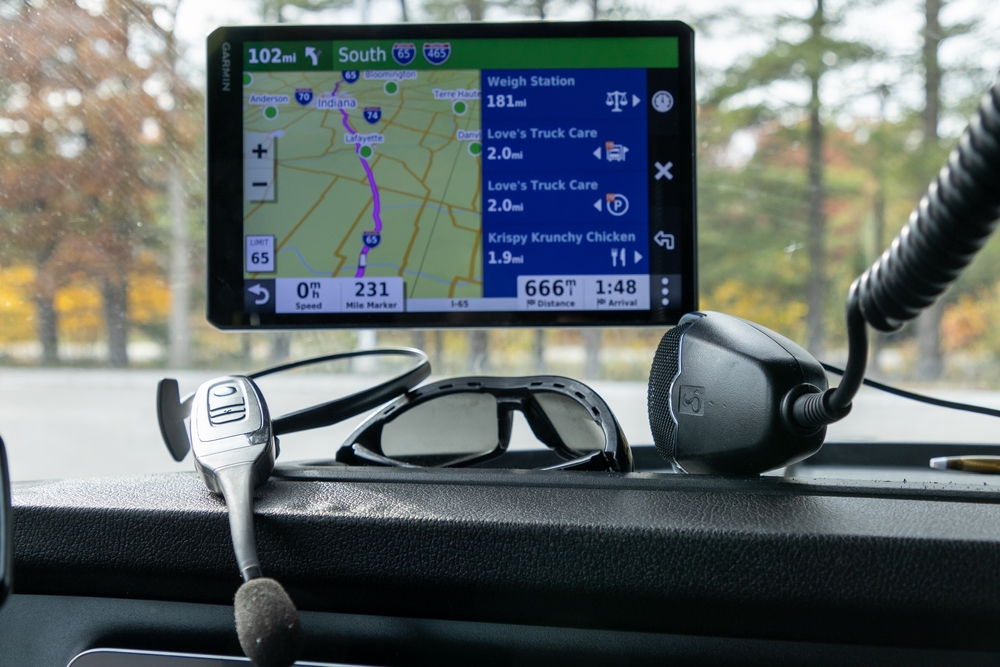
NASA’s work with satellites has refined GPS technology, which is now essential for navigation, mapping, and timing systems. GPS is used everywhere, from smartphone apps to autonomous vehicles. NASA’s continuous improvements in satellite positioning systems have made navigation more accurate and reliable, revolutionizing how we move around the world.
This article originally appeared in MyCarMakesNoise.
More from MyCarMakesNoise
15 Must-Have Items for Flat Tire Emergencies

Getting a flat tire is never convenient, but having the right tools and supplies in your vehicle can turn a potentially stressful situation into a minor delay. From safety gear to practical tools, this guide will walk you through the essential items you should have on hand. Read More
11 Lightning-Fast Single-Engine Planes You Can Pilot Now

Exploring the skies has never been more exhilarating with the latest advancements in single-engine planes. Combining remarkable speed with cutting-edge technology, these aircraft offer both seasoned pilots and aviation enthusiasts an unparalleled flying experience. Read More
15 Budget-Friendly Camper Van Mods You Can Afford

Transforming your camper van into a cozy, functional home on wheels doesn’t have to cost a fortune. With a few affordable modifications, you can significantly enhance your comfort and convenience on the road. Read More


